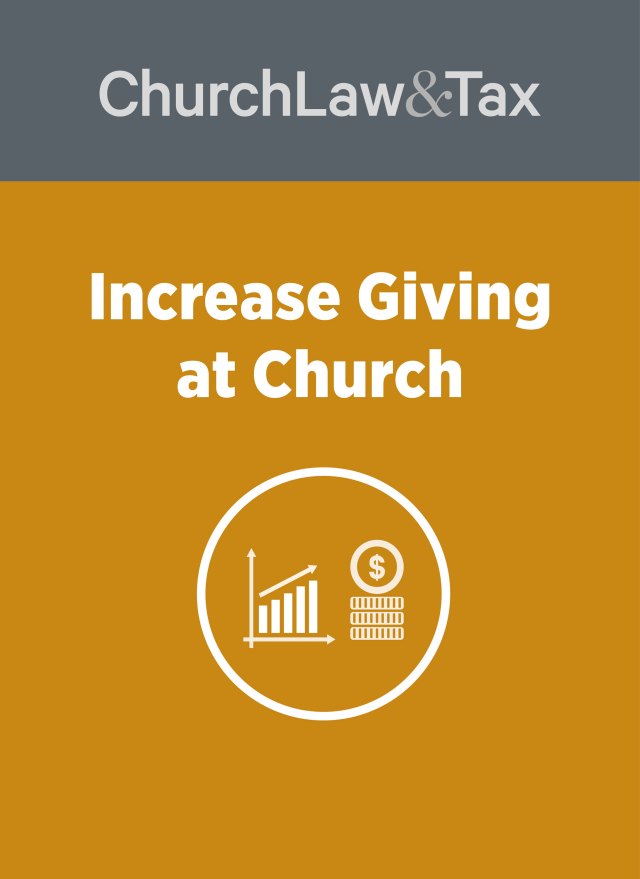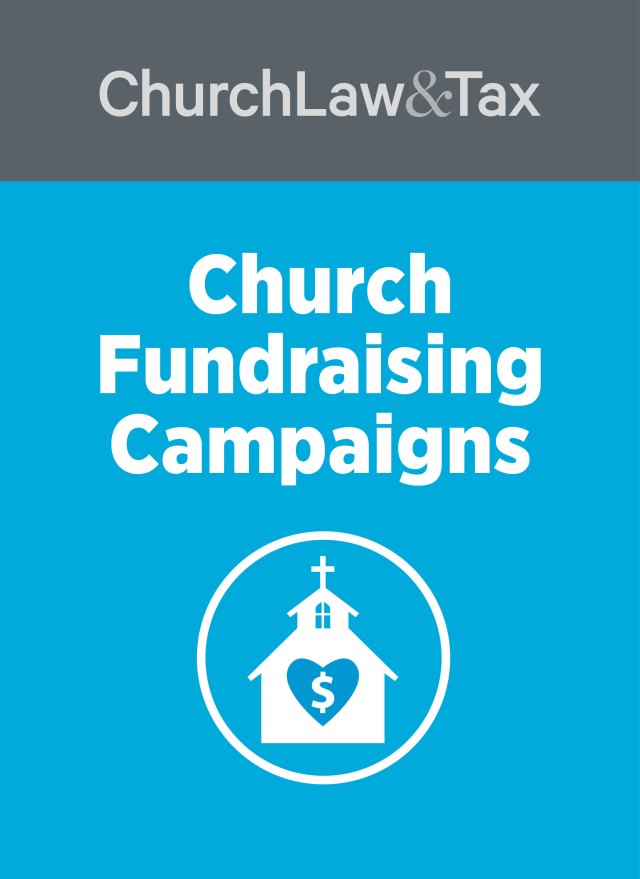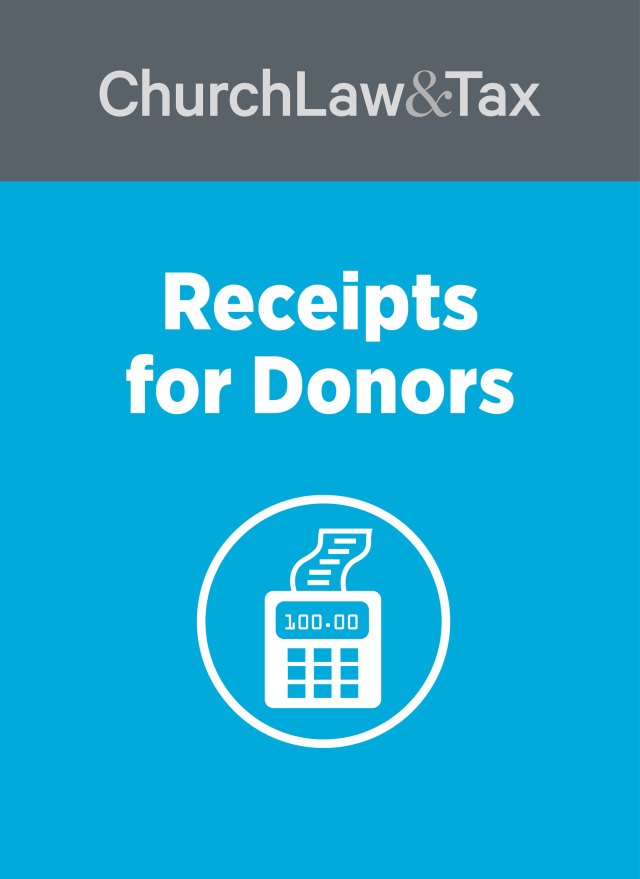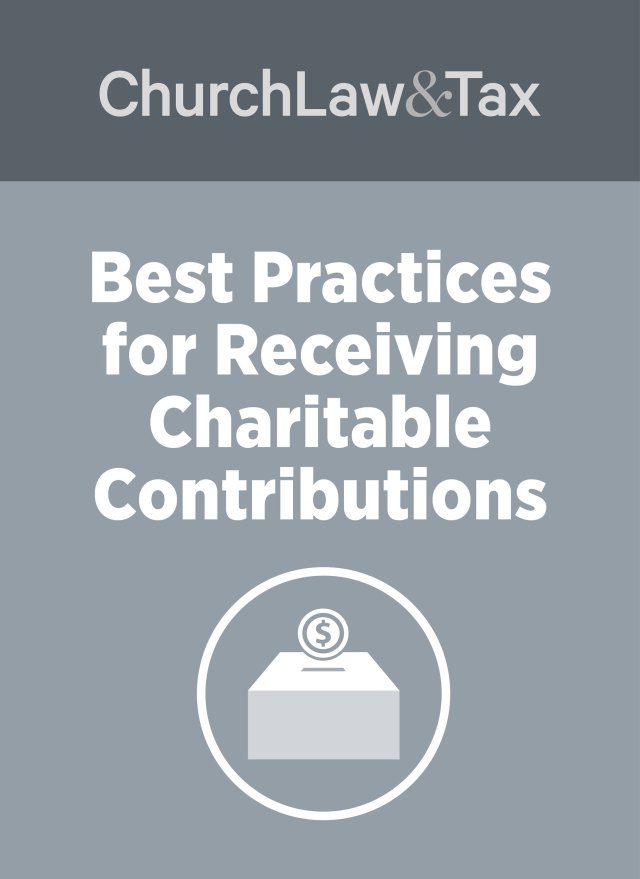Q: Our youth group hosted a spaghetti dinner to raise money for hurricane disaster relief. How do we determine what is a donation and what is payment for the spaghetti dinner? Can a donor’s entire check for the dinner work as a tax-deductible donation?
Understanding What Counts as a Tax-Deductible Donation
When hosting events like spaghetti dinners or fundraisers, understanding what counts as a tax-deductible donation is crucial for both the organization and its donors. The key factor in determining tax deductibility is whether a quid pro quo arrangement exists. A quid pro quo contribution occurs when a donor receives something of value in return for their contribution. In such cases, only the amount exceeding the value of the benefit received is deductible.
What Is a Quid Pro Quo Arrangement?
If the understanding with participants is that the “price” of the dinner is a donation of any amount, the IRS considers this a quid pro quo arrangement. Under such arrangements, the value of the dinner (not its actual cost) is used to determine the nondeductible portion of the donation. Organizations must provide a “good faith estimate” of the value. For example, if the dinner is similar to one at a restaurant like Fazoli’s, its value should reflect that comparable cost.
When Is the Full Donation Tax-Deductible?
If the dinner was offered for free and attendees were asked for voluntary contributions, this is not considered a quid pro quo arrangement. In this case, the entire amount donated by participants is tax-deductible, as no goods or services were provided in exchange for their contributions.
IRS Receipt Requirements for Quid Pro Quo Donations
For quid pro quo donations exceeding $75, the IRS requires the organization to issue a proper receipt. The receipt must include:
- A statement indicating that the donor received goods or services in return for the contribution;
- A description and good faith estimate of the value of those goods or services;
- A statement clarifying that only the amount exceeding the value of the goods or services is tax-deductible.
For example, if a donor contributes $100 for a spaghetti dinner valued at $20, only $80 is tax-deductible. Receipts for non-quid pro quo donations over $250 must also meet specific IRS guidelines.
Exceptions to Quid Pro Quo Rules
The IRS allows organizations to ignore the quid pro quo arrangement under certain conditions:
- If the value of the goods or services received is 2 percent or less of the gift amount (up to $107, inflation-adjusted annually);
- If the goods or services provided are considered “token items,” such as promotional materials.
Resources for Further Guidance
For detailed IRS guidelines, visit the IRS quid pro quo contributions page. Additional information, including receipt guidelines for both quid pro quo and non-quid pro quo donations, is available in chapter 8 of the Church & Clergy Tax Guide.
Frequently Asked Questions
What is a quid pro quo donation?
A quid pro quo donation occurs when a donor receives goods or services in exchange for their contribution. The tax-deductible amount is limited to the contribution amount minus the value of the goods or services received.
Do I need to issue receipts for all donations?
Receipts are required for quid pro quo donations over $75 and for non-quid pro quo donations over $250. Receipts must include specific details to meet IRS requirements.
What if the goods or services are of minimal value?
If the value of goods or services is 2 percent or less of the donation amount (up to $107), the IRS allows organizations to ignore the quid pro quo rules.
How should I estimate the value of goods or services?
A good faith estimate should reflect the fair market value of comparable items or services. For instance, use the price of a similar meal at a local restaurant as a benchmark.





